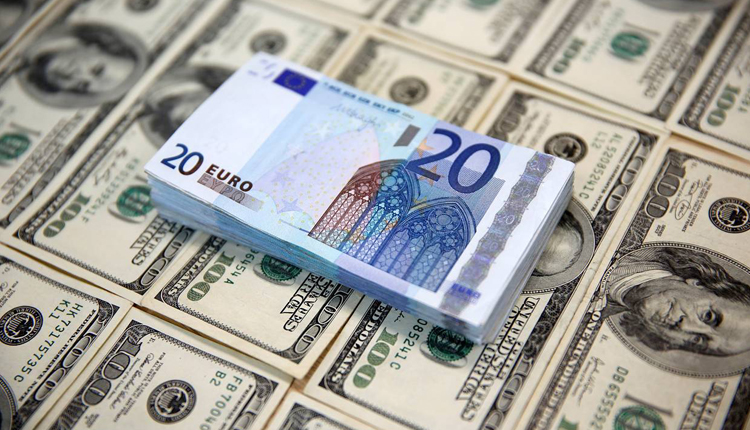Dollar nursed its steepest losses in weeks on Thursday, after the U.S. Federal Reserve’s benign inflation outlook hosed down expectations for a rate hike any time soon, pushing Treasury yields lower.
Investors also remained on edge as Sunday’s deadline for the next round of U.S. tariffs on Chinese goods looms, and ahead of a European Central Bank (ECB) meeting and the UK election later on Thursday.
The greenback hit its lowest in more than a month against the euro after the Fed meeting, and sat just above that level at $1.1133 in early Asian trade. Against a basket of currencies the dollar recovered somewhat from an overnight four-month low, but remained subdued at 97.413.
The yen crept higher to 108.47 per dollar.
The biggest winners were the Australian and New Zealand dollars, which soared as shorts scrambled to exit their positions. Traders said some had bet on a more hawkish Fed outlook.
“The Fed was not as optimistic as people thought, and that is consistent with a lower U.S. dollar and the fall in bond yields that we saw,” said Commonwealth Bank of Australia analyst Joe Capurso.
Fed Chairman Jerome Powell said the economic outlook for the U.S. was favorable as the central bank announced its decision to hold rates steady, as expected, though forecast only moderate and slowing growth through 2020 and 2021.
New economic projections showed 13 of 17 Fed policymakers foresee no change in interest rates until at least 2021.
The kiwi dollar hit its highest since July after that, and was steady at $0.6581 on Thursday. The Aussie added 1 percent to hit a one-month high, and gave back only a fraction of that in early trade to hover around $0.6868.
Bond yields also slid after the decision.
Packed calendar
Investor focus now shifts to the looming trade deadline, Christine Lagarde’s first meeting at the helm of the ECB, and voting in the British election.
U.S. President Donald Trump is expected to meet with top advisers on Thursday about the tariff deadline, three people familiar with his plans told Reuters. A fourth person familiar with the administration’s thinking said they expected the tariffs to be enforced.
Lagarde is all but certain to keep money taps wide open, but investors will be curious to tune in to her first post-meeting press conference to seek clues about a broader policy revamp that could become the cornerstone of her tenure.
That is due to begin at 1330 GMT. Before then, at 0700 GMT, voting begins in the United Kingdom, where polls have tightened recently but still predict a Conservative victory.
The pound is priced for a Conservative majority that could control parliament and lead Britain out of the European Union at the end of January, and anything short of that could prompt a slide. The dollar’s weakness helped sterling drift higher to $1.3210 on Thursday.
Voting ends at 2200 GMT, with exit polls and early results likely to flow after that and traders expecting an outcome as early as 0300 GMT on Friday.
“Prices should jump around…with likely sharp reactions as each constituency release their results,” said Chris Weston, head of research at Melbourne brokerage Pepperstone.
“We are watching GBP/USD overnight implied volatility as it rolls over, and there is no doubt it will be sky-high, with traders pricing some punchy moves in the pound. One for the bravest of souls.”
Source: Reuters
